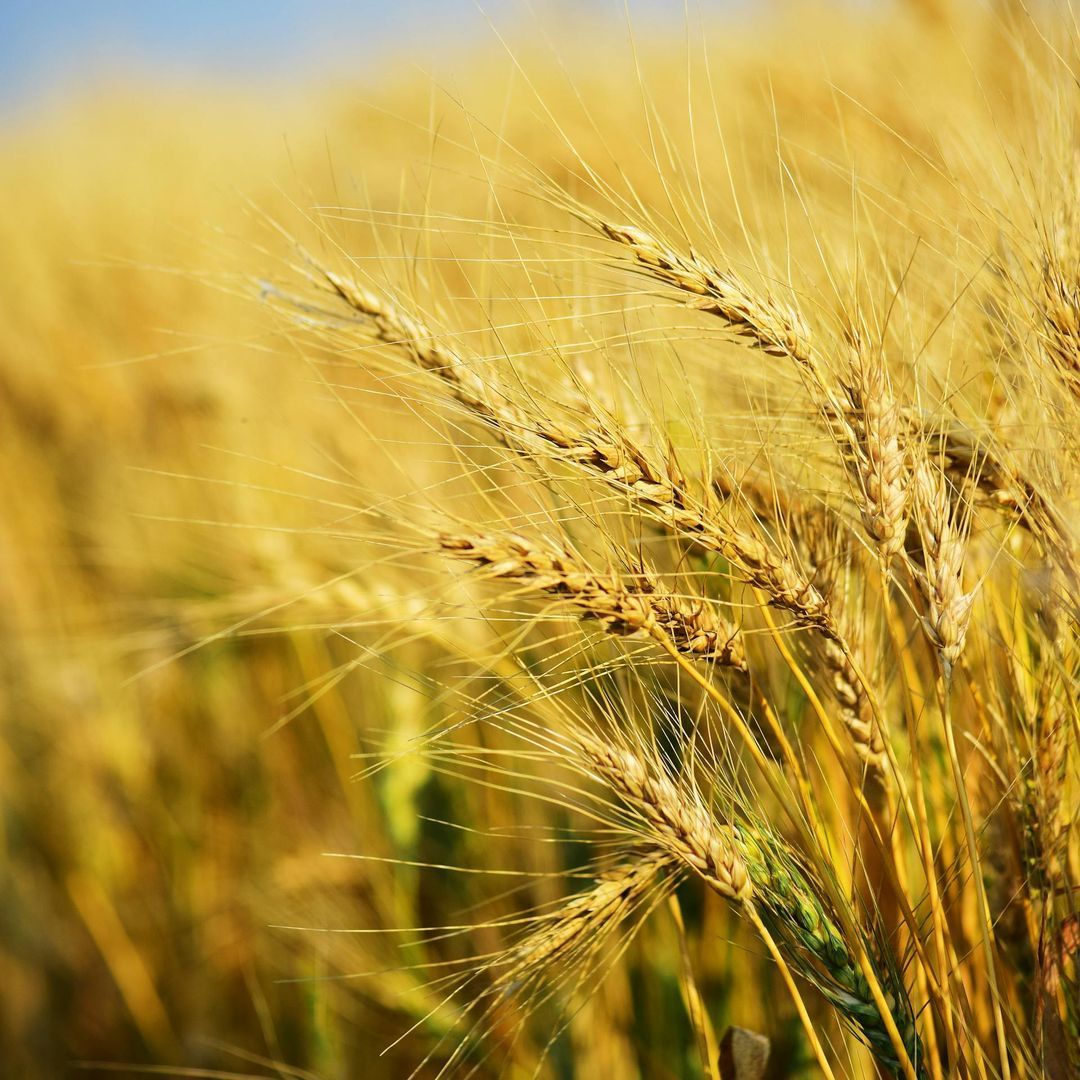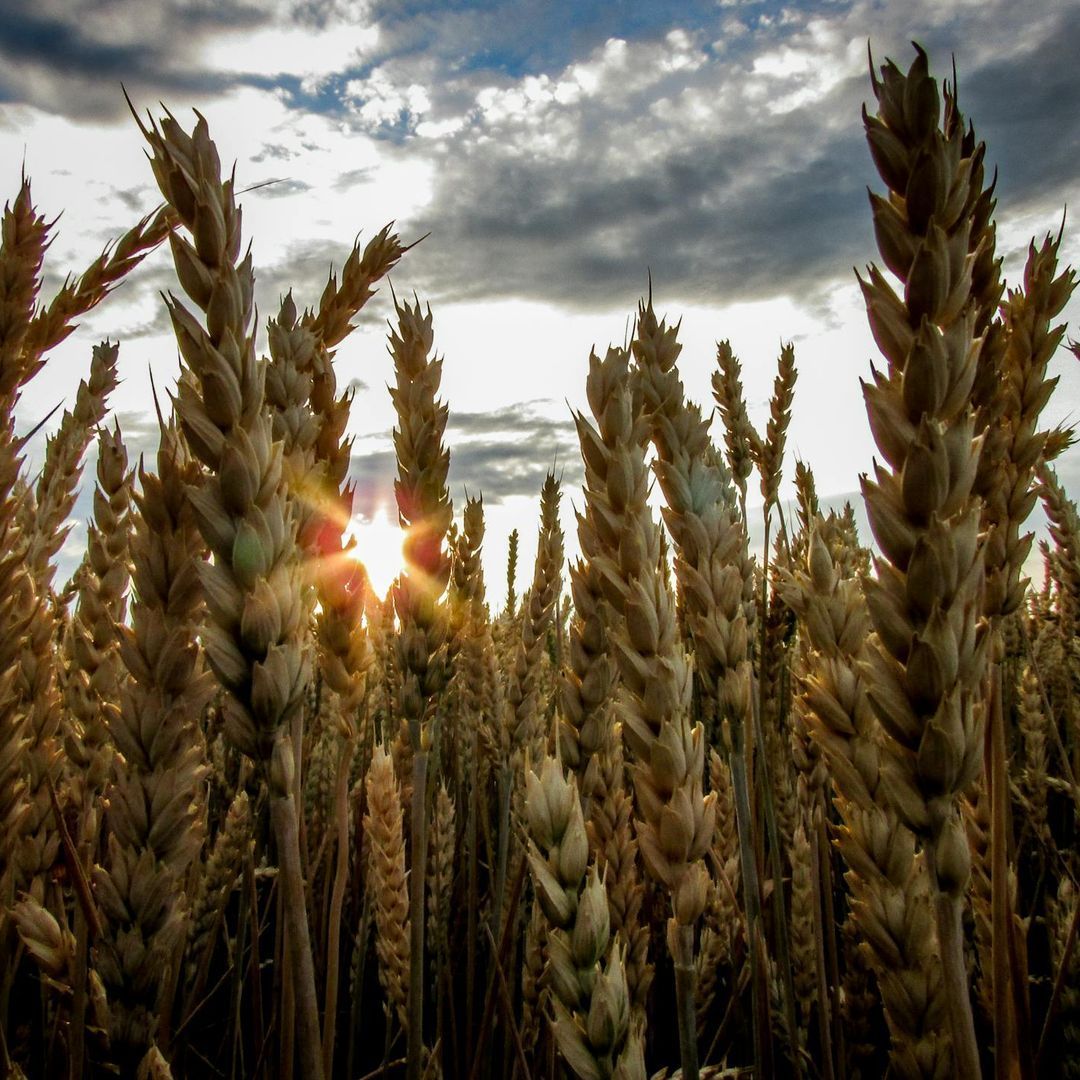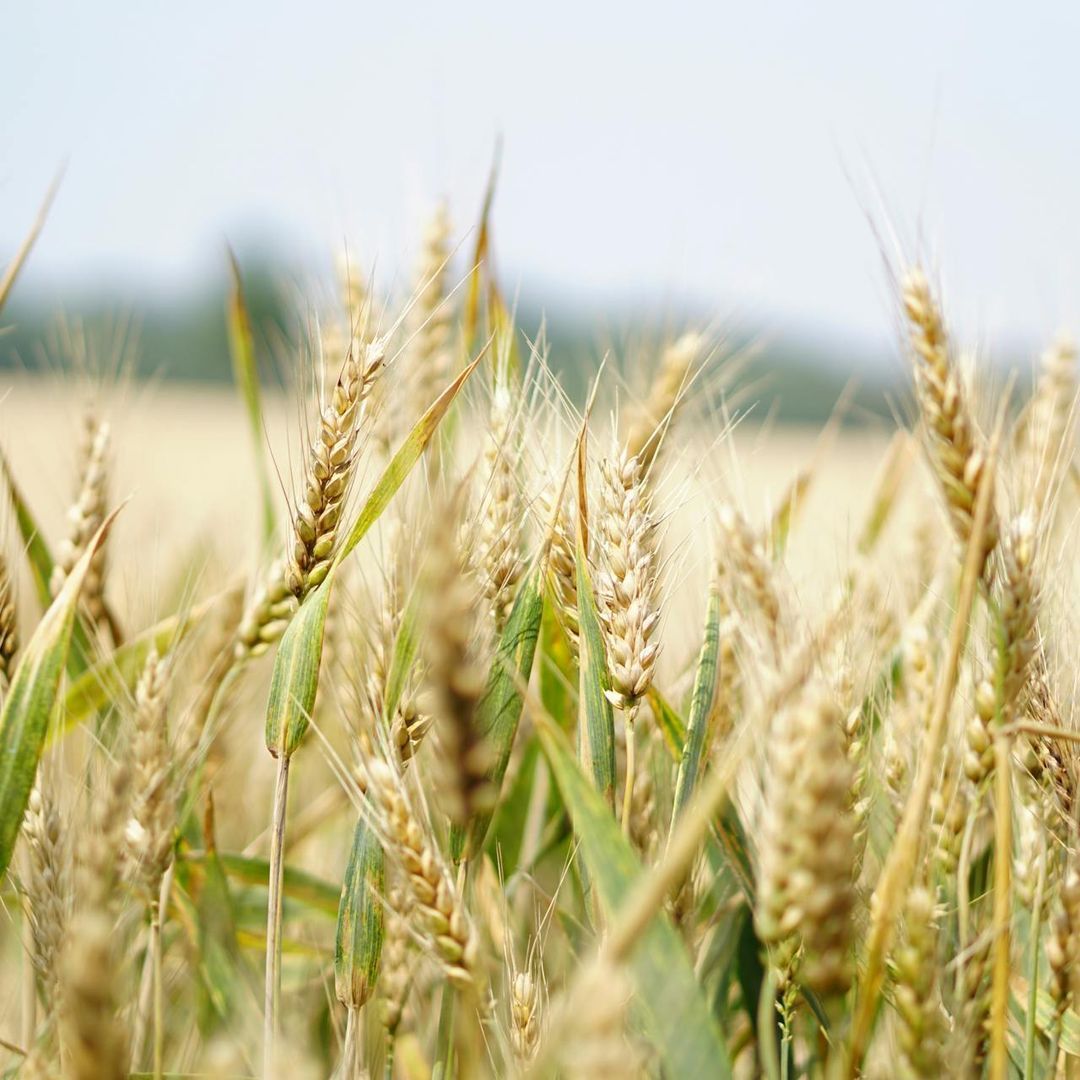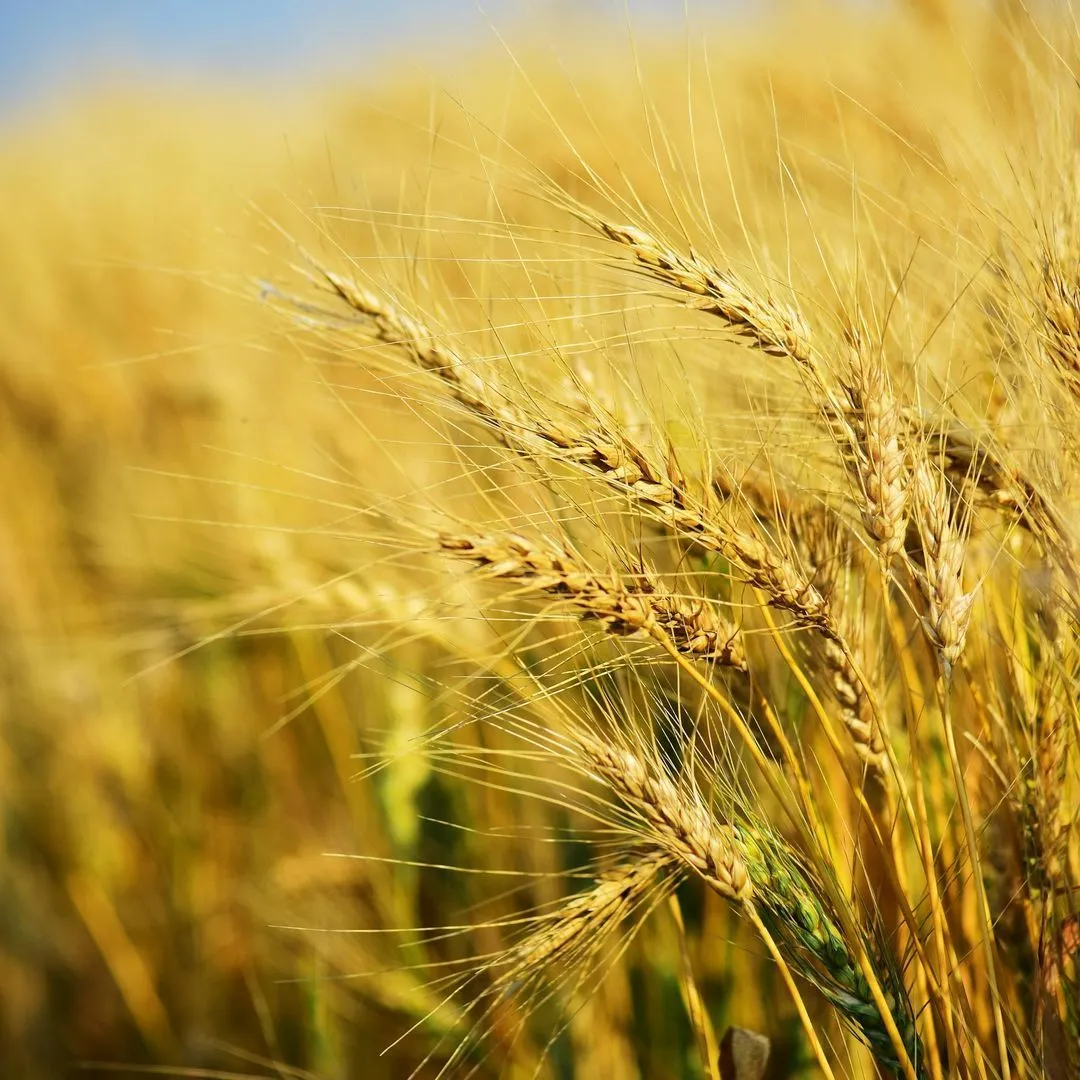Discovering ancient grains: traditions, benefits, and myths to debunk

In an age where food is increasingly synonymous with speed and industrial production, ancient grains represent a return to origins, a choice that combines flavor, tradition, and sustainability. But what makes these grains special? What advantages do they offer compared to modern grains, and what myths surround them? In this article, well explore the world of ancient grains, from their historical roots to their potential nutritional benefits, while also debunking some common misconceptions. A journey into the past to better understand the present and make more informed choices.
What are ancient grains?
In the world of cooking and agriculture, were hearing more and more about ancient grains. These grains conjure up images of golden fields, centuries-old traditions, and authentic flavors, and they seem to represent an answer to the needs of those seeking a healthier and more sustainable diet. But what exactly do we mean by ancient grains? And why have they become so popular?
An unchanged agricultural heritage

Ancient grains are wheat varieties that have not undergone the genetic modifications typical of modern agriculture. This means they have largely remained as they were originally, maintaining their natural characteristics intact. Among the best-known are farro, used by the Egyptians, and Senatore Cappelli wheat, a boldly flavored Italian variety. Others, such as spelt and kamut, carry a history intertwined with that of ancient civilizations, from the Middle East to Europe.
The benefits of ancient grains
What makes ancient grains so interesting is not only their origin, but also the potential benefits they offer. They are said to be richer in fiber, minerals, and antioxidants than modern grains, making them a nutritionally sound choice. Furthermore, many find them easier to digest, likely because their protein structure is less altered. But theres another reason for their success: flavor. Those who have tried them know that bread or pasta made with ancient grain flours have an intense and authentic flavor, capable of bringing back memories of flavors that seemed long forgotten.
Myths to debunk
However, all that glitters is not gold. There are also some myths circulating around ancient grains that deserve debunking. One of the most common is that they are gluten-free. This is not the case: many ancient grains, such as farro or Senatore Cappelli, contain gluten, albeit in different forms than modern grains. This means they are not suitable for celiacs, despite their growing popularity among those with gluten sensitivity. Another misconception is that they are increasingly healthier. While they have undeniable benefits, their nutritional value also depends on how they are grown, processed, and consumed. Choosing an ancient grain does not automatically guarantee a better diet.
A cultural and environmental value

One aspect thats often overlooked is their cultural value. Growing and using ancient grains means preserving an important part of our agricultural and gastronomic history. Each grain of farro or Saragolla wheat tells a story of ancient civilizations, of farmers who patiently worked the land, and of recipes passed down from generation to generation. Furthermore, choosing ancient grains means supporting more sustainable and environmentally friendly agriculture, as these varieties require fewer pesticides and fertilizers.
An invitation to rediscover the past
In a world dominated by speed and industrial production, ancient grains offer an invitation to slow down and rediscover the value of quality and tradition. Of course, theyre not a panacea, but they represent an opportunity to diversify our diet and return to a more mindful relationship with food. Trying to incorporate these grains into your diet can be a surprising journey, not only for the palate but also for the spirit. After all, behind a slice of bread made with Senatore Cappelli wheat or a bowl of farro soup lies much more than just a meal: its a piece of our history.

gourmet
Data di inserimento 29 nov 2024
Report article


Comments
There are no comments yet.